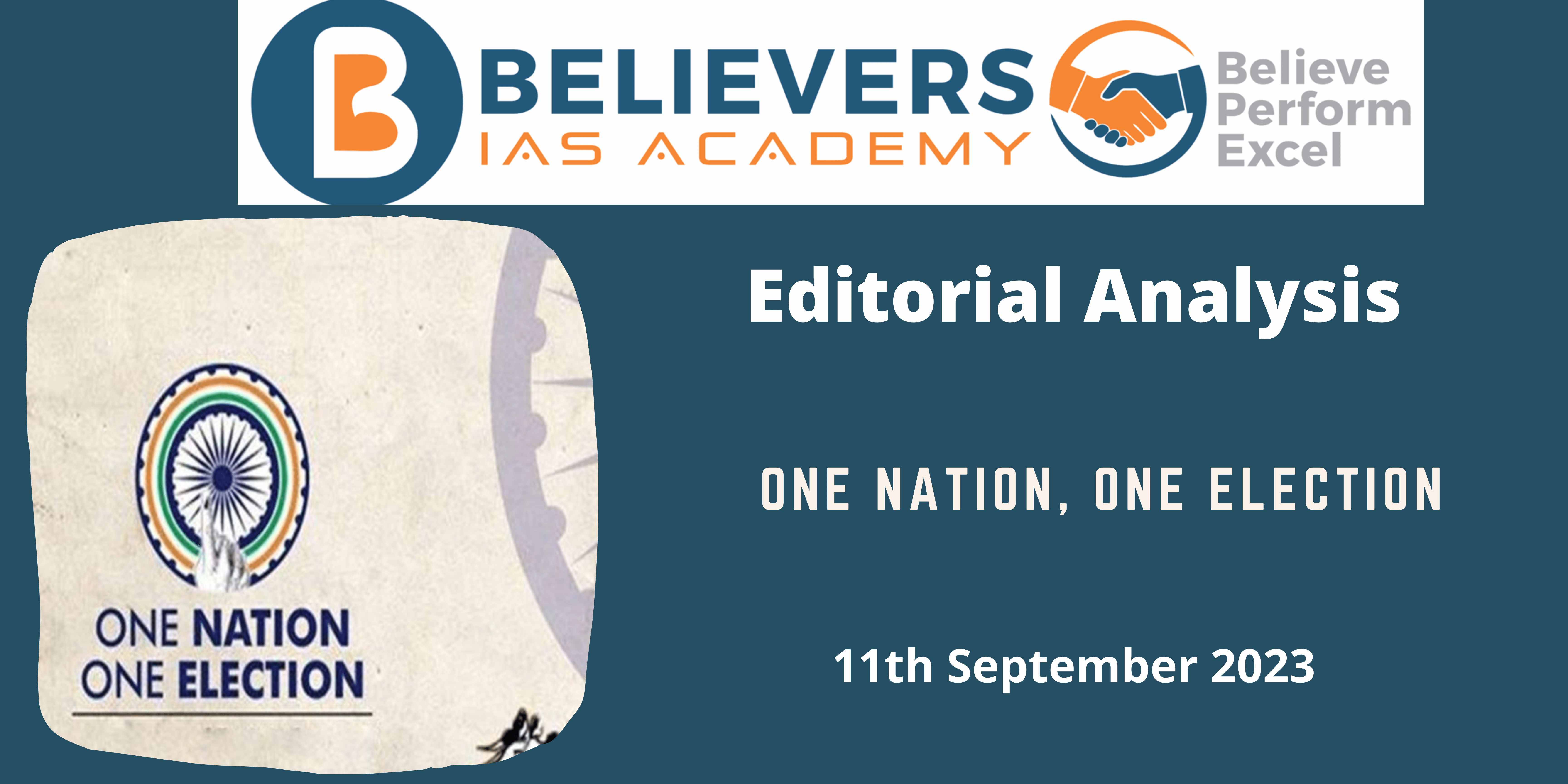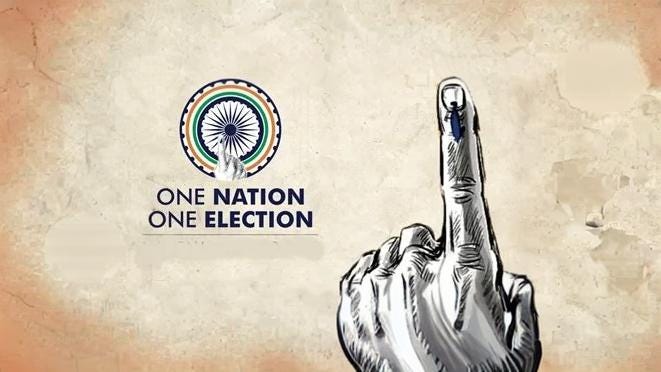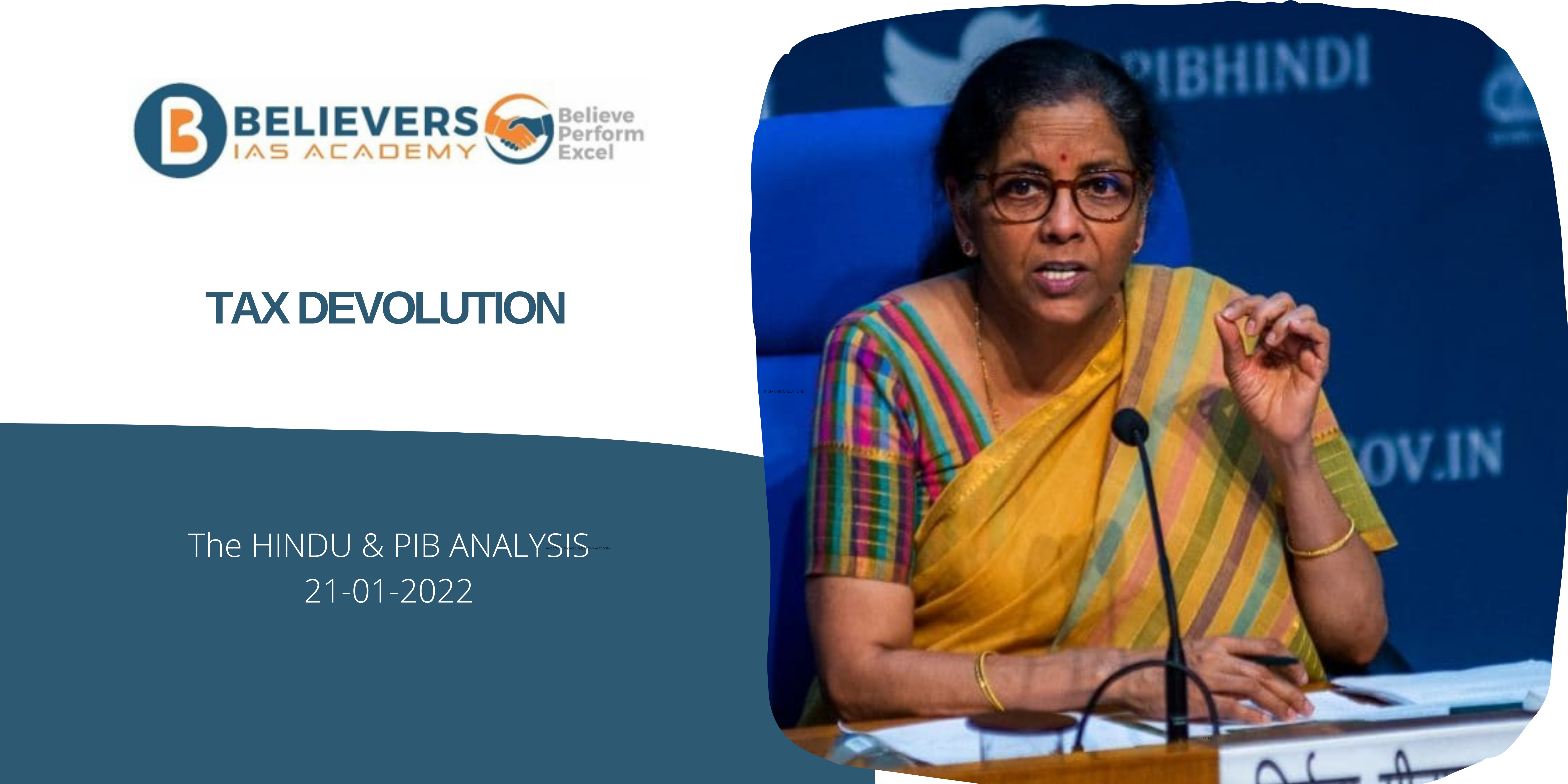One Nation, One Election
Context:
The recent proposal to hold simultaneous elections for the Lok Sabha and State Assemblies in India has potential impact on the country’s political landscape and constitutional framework.
Relevance:
GS-02 (Government Policies and interventions)
Prelims:
- One Nation, One Election
- ECI
- Basic structure of the Constitution
- Article 368
Mains Question:
- The move towards simultaneous elections is a genuine effort to streamline governance and reduce election-related disruption. Comment. (150 words)
Dimensions of the Article:
- Centralizing Power and Reducing Regional Influence
- The Facade of Cost Savings and Administrative Efficiency
- Challenges to Constitutional Integrity
- Political Project
- Resistance and Challenges
Centralizing Power and Reducing Regional Influence:
- The primary objective behind the push for simultaneous elections is to centralize power in New Delhi.
- This threatens to diminish the significance of regional parties, effectively concentrating political authority at the federal level.
The Facade of Cost Savings and Administrative Efficiency:
- Proponents of simultaneous elections argue that they would save costs and prevent administrative disruptions during elections. However, this justification appears simplistic and fails to address the underlying concerns.
- The actual burden of election-related expenses may not warrant such a significant constitutional change. Furthermore, the Model Code of Conduct need not obstruct governance in the lead-up to elections unless the ruling party at the Centre maintains a perpetual election mode, thereby disrupting effective governance.
Challenges to Constitutional Integrity:
- The implementation of permanent simultaneous elections would necessitate substantial constitutional amendments, affecting the tenure of elected State governments, procedures for unseating governments, and the balance of power between the Centre and the States.
- These alterations may undermine the core principles of the Indian Constitution and jeopardize federalism.
Political Project:
- The “One Nation, One Election” agenda reflects a broader political project aimed at promoting the idea that only one government, one political party, and one leader can bring about transformative change in India.
- This project includes the Union government’s expansion into State domains, intolerance towards opposing political parties, and the presentation of the Prime Minister as a transformative leader.
- It seeks to impose a homogeneity that erases India’s unique diversity and distinct character.
Resistance and Challenges:
- While this political project is ambitious, altering a civilization with a millennia-long history cannot occur within a few government terms.
- The “One Nation, One Election” agenda extends beyond other unification initiatives and seeks to significantly increase centralized administrative and political power, weakening the role of the States.
Way Forward and Conclusion:
In the face of these developments, it is essential to consider how to address this potential subversion of the Constitution. A Parliament that is subdued, a compliant judiciary, a subservient media, and a civil society that has been marginalized may struggle to resist the government’s plans. Ultimately, it is up to the electorate to decide whether they endorse the vision of “One India” being promoted and whether they are willing to embrace the associated consequences. The future of Indian democracy and federalism hinges on this crucial decision.




